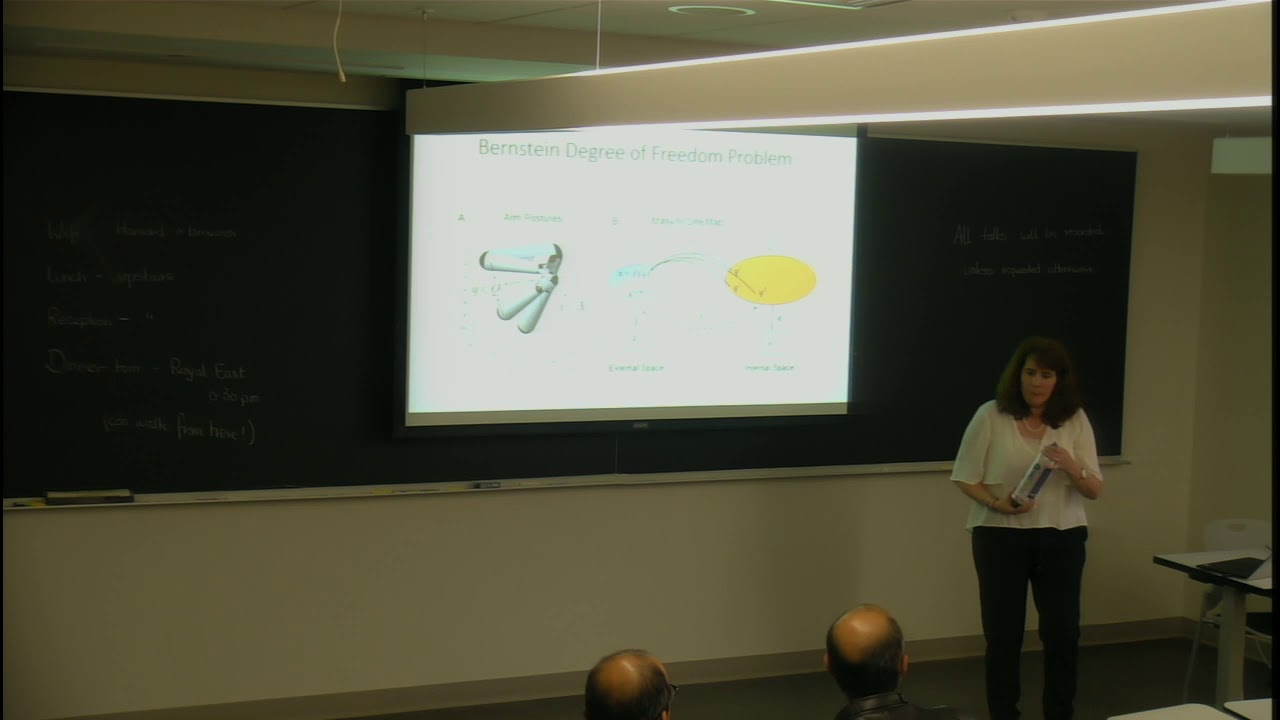
As part of the program on Mathematical Biology a workshop on Invariance and Geometry in Sensation, Action and Cognition took place on April 15-17, 2019.
View the videos in the youtube playlist below:
Legend has it that above the door to Plato’s Academy was inscribed “Μηδείς άγεωµÎÏ„Ïητος είσίτω µον τήν στÎγην”, translated as “Let no one ignorant of geometry enter my doors”. While geometry and invariance has always been a cornerstone of mathematics, it has traditionally not been an important part of biology, except in the context of aspects of structural biology. The premise of this meeting is a tantalizing sense that geometry and invariance are also likely to be important in (neuro)biology and cognition. Since all organisms interact with the physical world, this implies that as neural systems extract information using the senses to guide action in the world, they need appropriately invariant representations that are stable, reproducible and capable of being learned. These invariances are a function of the nature and type of signal, its corruption via noise, and the method of storage and use. This hypothesis suggests many puzzles and questions: What representational geometries are reflected in the brain? Are they learned or innate? What happens to the invariances under realistic assumptions about noise, nonlinearity and finite computational resources? Can cases of mental disorders and consequences of brain damage be characterized as break downs in representational invariances? Can we harness these invariances and sensory contingencies to build more intelligent machines? The aim is to revisit these old neuro-cognitive problems using a series of modern lenses experimentally, theoretically and computationally, with some tutorials on how the mathematics and engineering of invariant representations in machines and algorithms might serve as useful null models.
